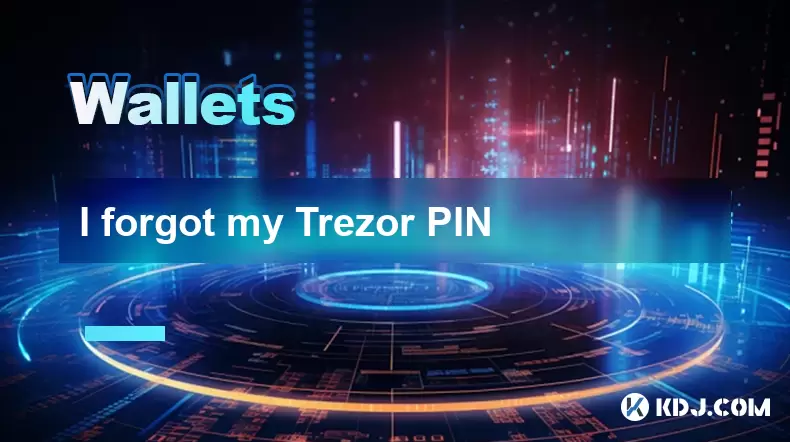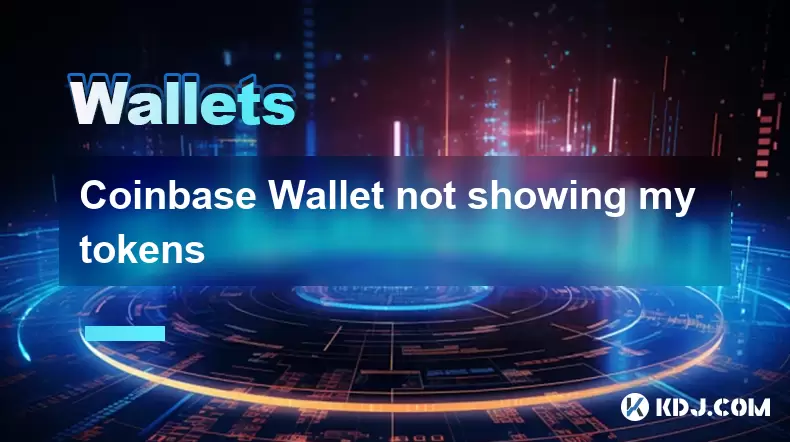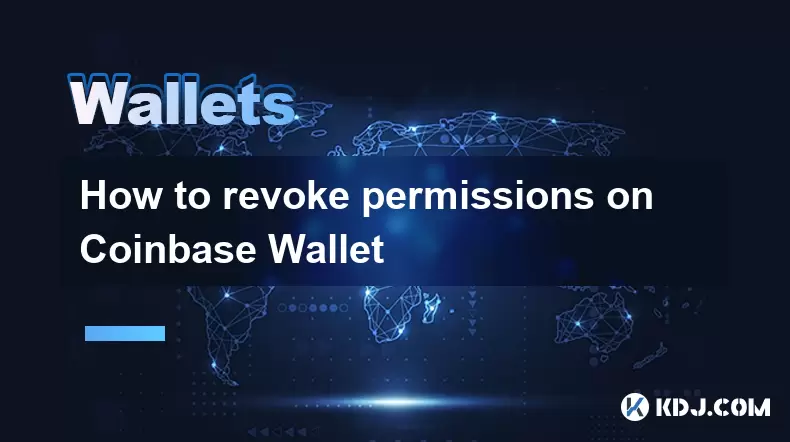-
 Bitcoin
Bitcoin $118100
-0.44% -
 Ethereum
Ethereum $3585
5.43% -
 XRP
XRP $3.434
5.65% -
 Tether USDt
Tether USDt $1.000
0.02% -
 BNB
BNB $743.8
3.89% -
 Solana
Solana $178.7
3.84% -
 USDC
USDC $1.000
0.03% -
 Dogecoin
Dogecoin $0.2381
12.81% -
 TRON
TRON $0.3270
3.62% -
 Cardano
Cardano $0.8315
4.93% -
 Hyperliquid
Hyperliquid $44.51
-4.42% -
 Stellar
Stellar $0.4710
1.52% -
 Sui
Sui $3.896
-2.51% -
 Chainlink
Chainlink $18.09
6.98% -
 Hedera
Hedera $0.2681
9.31% -
 Bitcoin Cash
Bitcoin Cash $516.7
4.83% -
 Avalanche
Avalanche $23.95
6.96% -
 Shiba Inu
Shiba Inu $0.00001490
5.67% -
 UNUS SED LEO
UNUS SED LEO $8.966
0.80% -
 Toncoin
Toncoin $3.294
4.39% -
 Litecoin
Litecoin $105.4
4.69% -
 Polkadot
Polkadot $4.356
5.30% -
 Uniswap
Uniswap $10.29
17.25% -
 Monero
Monero $327.9
-3.04% -
 Bitget Token
Bitget Token $4.942
4.33% -
 Ethena USDe
Ethena USDe $1.001
0.08% -
 Pepe
Pepe $0.00001348
2.17% -
 Dai
Dai $1.000
0.02% -
 Aave
Aave $320.8
0.58% -
 Bittensor
Bittensor $411.8
-4.07%
I forgot my Trezor PIN
If you forget your Trezor PIN, you can reset the device using your recovery seed to regain access to your funds.
Jul 10, 2025 at 05:08 pm

Understanding the Trezor PIN Protection Mechanism
When using a Trezor wallet, one of the primary security features is the PIN code that protects access to your device. This PIN is entered each time you connect your Trezor hardware wallet to a computer or mobile device and attempt to access your funds. Unlike software wallets, Trezor does not store your PIN on its servers or in the cloud — it's designed to remain private and local to the user.
The Trezor PIN entry system uses a matrix of numbers rather than direct number input. When setting up your PIN, you're shown a grid of randomized digits, and you select your actual PIN digits from this grid. This method helps prevent shoulder surfing attacks. If you enter an incorrect PIN too many times, your Trezor device will self-destruct, erasing all stored data including your recovery seed. This ensures that unauthorized individuals cannot brute-force their way into your wallet.
What Happens If You Forget Your Trezor PIN?
If you've forgotten your Trezor PIN, the first thing to understand is that there is no backdoor or centralized support team that can reset your PIN for you. The entire philosophy behind hardware wallets like Trezor is decentralization and personal responsibility. However, as long as your recovery seed phrase was properly recorded during setup, you can regain access to your funds by resetting your Trezor device and restoring it with your recovery phrase.
It’s important to note:
- If you’ve already entered the wrong PIN too many times, your device may be bricked (locked permanently).
- If you still have remaining attempts, you can try to recover your PIN manually through careful observation and memory recall techniques.
- Always ensure that your recovery phrase is accessible and accurate before proceeding with any reset operation.
Steps to Reset Your Trezor Device After Forgetting the PIN
If your Trezor device has been locked due to multiple failed PIN attempts, you’ll need to perform a factory reset. Here’s how:
- Hold down the button on your Trezor until it enters the bootloader mode.
- Connect your Trezor to your computer via USB.
- Open the Trezor Suite application at suite.trezor.io.
- The app will detect your Trezor in recovery mode and prompt you to set it up as a new device or restore from a backup.
- Select the option to restore from recovery seed.
- Follow the on-screen instructions to input your 12 or 24-word recovery phrase.
- Once restored, you can set a new PIN using the matrix input method.
Remember: This process will erase everything on the device and reinitialize it using your recovery phrase. Make sure you are in a secure environment and double-check each word of your recovery phrase as you enter it.
Can You Recover Your PIN Without Resetting the Device?
If you still have remaining PIN attempts left, you might be able to recover your PIN without resetting the device. Here are some methods people have used successfully:
- Try writing down every possible combination based on your memory of the PIN length and patterns.
- Recall the grid layout from when you set the PIN — sometimes users remember which positions they clicked more than the actual numbers.
- If you wrote your PIN somewhere, check old notes, password managers, or encrypted files where you might have stored it temporarily.
- Use mnemonic techniques to jog your memory — associate the PIN with dates, phone numbers, or other familiar sequences.
However, if you're unsure whether your next attempt will trigger the self-destruct mechanism, it's safer to proceed with a full reset using your recovery phrase.
Preventing Future PIN Issues with Trezor
To avoid being locked out again, consider these best practices:
- Write down your PIN in a secure place, separate from your recovery phrase.
- Consider using a password manager to store your PIN securely.
- Never share your PIN with anyone, even if they claim to be from Trezor support.
- Test your recovery process periodically by restoring your wallet on another device to ensure your recovery phrase works correctly.
- Enable additional security layers such as passphrase protection if supported by your wallet configuration.
These steps help ensure that even if you forget your PIN in the future, you’ll have a reliable way to regain access without panic.
Frequently Asked Questions
Q: Can I retrieve my Trezor PIN from the recovery seed?
A: No, the recovery seed does not contain your PIN. It only secures your cryptocurrency addresses and private keys. The PIN is a separate layer of security that must be remembered or stored independently.
Q: How many PIN attempts do I get on a Trezor device?
A: You get 9 attempts total to enter your PIN correctly. Each incorrect attempt reduces the number of tries remaining. Once all attempts are exhausted, the device wipes itself automatically.
Q: Is there a way to change my PIN without knowing the current one?
A: No, changing your PIN requires you to enter the current one first. If you’ve forgotten it, you must perform a factory reset using your recovery seed.
Q: What should I do if my Trezor device is bricked?
A: A bricked device means it has wiped itself due to too many incorrect PIN entries. As long as you have your recovery seed, you can initialize a new wallet using that seed and regain access to your funds.
Disclaimer:info@kdj.com
The information provided is not trading advice. kdj.com does not assume any responsibility for any investments made based on the information provided in this article. Cryptocurrencies are highly volatile and it is highly recommended that you invest with caution after thorough research!
If you believe that the content used on this website infringes your copyright, please contact us immediately (info@kdj.com) and we will delete it promptly.
- Solana, Launchpads, and BONK: Riding the Meme Coin Wave in Style
- 2025-07-19 03:50:12
- Dogwifhat, Pepe, and Altcoin 2025: Meme Coin Mania or Real Utility?
- 2025-07-19 02:50:13
- Bitcoin: From Niche Crypto to Global Asset Dominating Crypto Finance
- 2025-07-19 02:50:13
- Coinbase System Upgrade: What It Means for Your Crypto
- 2025-07-19 02:30:13
- Gold Prices, OTC Tokens, and Mining: A New York Minute on the Golden Rush
- 2025-07-19 03:50:12
- Riding the Crypto Whale: Bitcoin, Altcoins, and the $5 Trillion Dream
- 2025-07-19 02:30:13
Related knowledge

Can I use Coinbase Wallet without a Coinbase account?
Jul 18,2025 at 04:35am
What is Coinbase Wallet?Coinbase Wallet is a self-custodial wallet that allows users to store, send, and receive various cryptocurrencies directly on ...

How to add Arbitrum to Coinbase Wallet
Jul 18,2025 at 03:00pm
Understanding Arbitrum and Its Integration with Coinbase WalletArbitrum is a layer-2 scaling solution developed by Offchain Labs to enhance the speed ...

Coinbase Wallet not showing my tokens
Jul 18,2025 at 09:49am
Understanding Coinbase Wallet Token Display IssuesIf you're experiencing issues where Coinbase Wallet not showing my tokens, it can be frustrating, es...

Does Coinbase Wallet have a desktop app?
Jul 18,2025 at 12:08am
Understanding Coinbase Wallet and Its Core FeaturesCoinbase Wallet is a non-custodial cryptocurrency wallet developed by Coinbase, one of the leading ...

Coinbase Wallet not syncing
Jul 18,2025 at 07:49am
Understanding Coinbase Wallet Syncing IssuesWhen users encounter problems with Coinbase Wallet not syncing, it typically means that the wallet is unab...

How to revoke permissions on Coinbase Wallet
Jul 18,2025 at 02:00am
What Does It Mean to Revoke Permissions on Coinbase Wallet?In the context of Coinbase Wallet, revoking permissions refers to removing access that dece...

Can I use Coinbase Wallet without a Coinbase account?
Jul 18,2025 at 04:35am
What is Coinbase Wallet?Coinbase Wallet is a self-custodial wallet that allows users to store, send, and receive various cryptocurrencies directly on ...

How to add Arbitrum to Coinbase Wallet
Jul 18,2025 at 03:00pm
Understanding Arbitrum and Its Integration with Coinbase WalletArbitrum is a layer-2 scaling solution developed by Offchain Labs to enhance the speed ...

Coinbase Wallet not showing my tokens
Jul 18,2025 at 09:49am
Understanding Coinbase Wallet Token Display IssuesIf you're experiencing issues where Coinbase Wallet not showing my tokens, it can be frustrating, es...

Does Coinbase Wallet have a desktop app?
Jul 18,2025 at 12:08am
Understanding Coinbase Wallet and Its Core FeaturesCoinbase Wallet is a non-custodial cryptocurrency wallet developed by Coinbase, one of the leading ...

Coinbase Wallet not syncing
Jul 18,2025 at 07:49am
Understanding Coinbase Wallet Syncing IssuesWhen users encounter problems with Coinbase Wallet not syncing, it typically means that the wallet is unab...

How to revoke permissions on Coinbase Wallet
Jul 18,2025 at 02:00am
What Does It Mean to Revoke Permissions on Coinbase Wallet?In the context of Coinbase Wallet, revoking permissions refers to removing access that dece...
See all articles

























































































